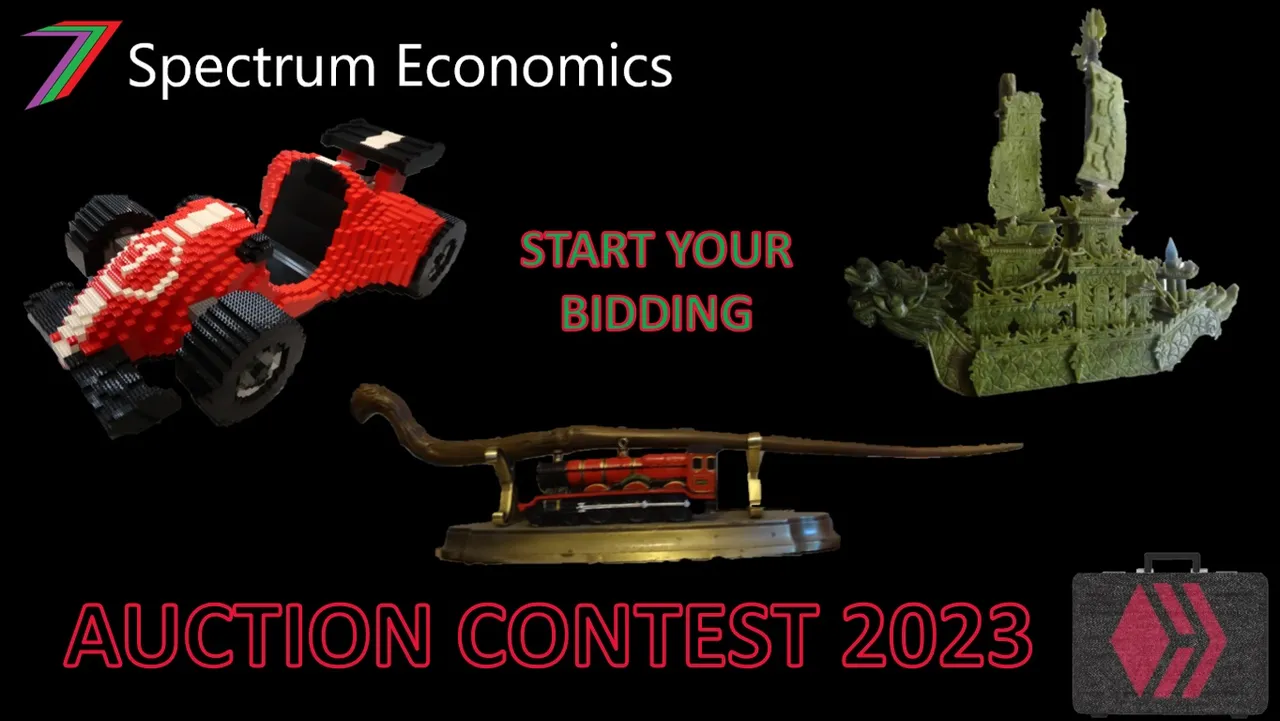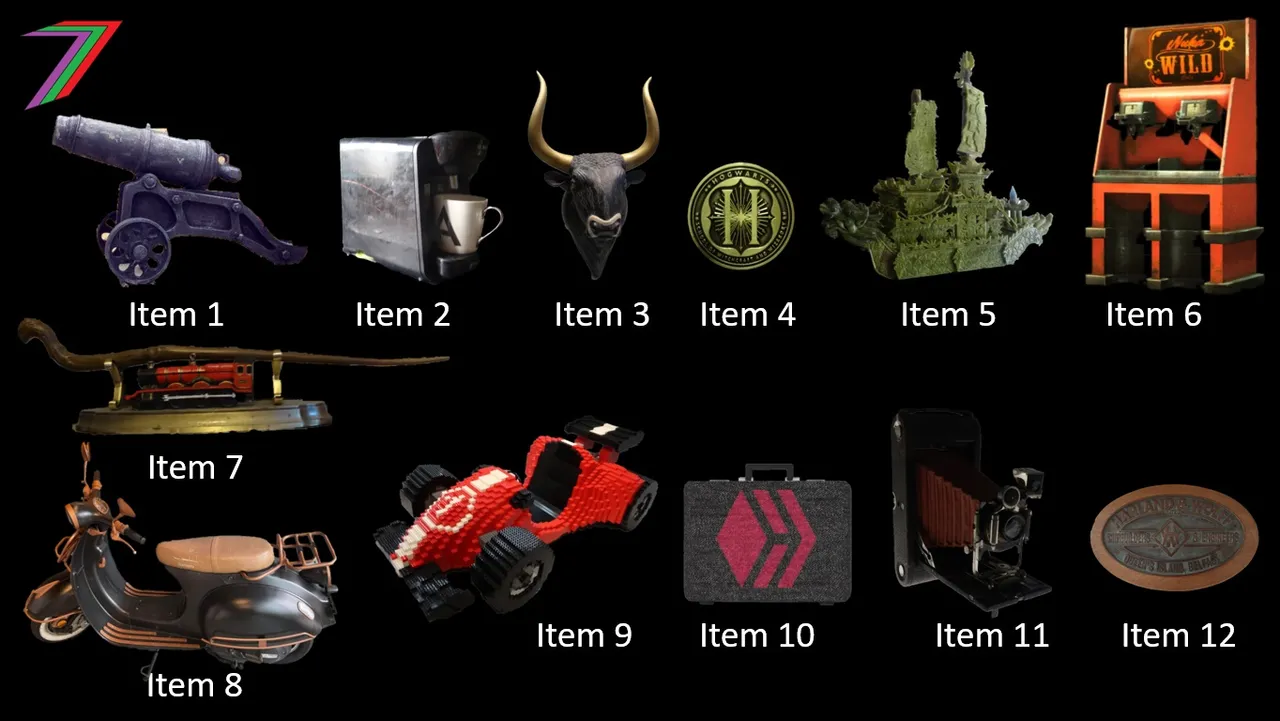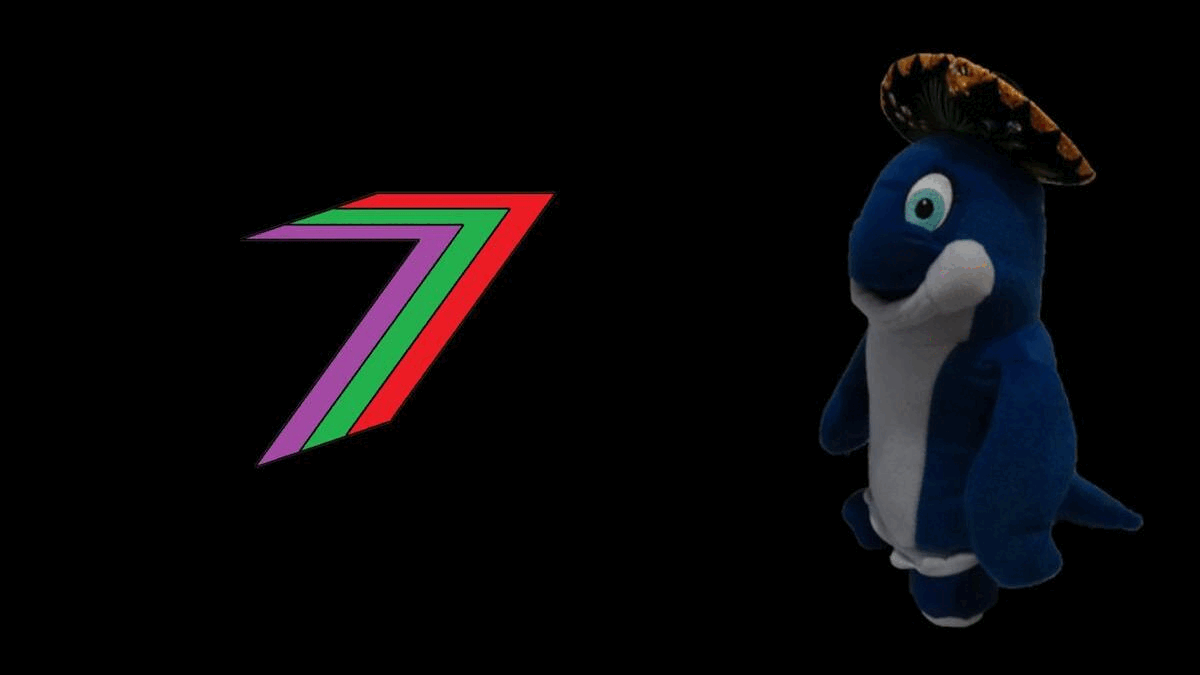Hi Everyone,

Welcome to the second Economics Contest for 2023. This month is the Auction Contest. The Auction Contest should be familiar to some of you. It has been part of the two previous Challenge Series. See, Challenge Series 2021 and 2022 to get a better idea of how the challenge version of the contest was played. This Auction Contest is a little different from previous versions. Limits on the number of bids for certain items has been included. This has been done to limit the opportunity for late entrants to win all the items with their bids. Previous versions of the contest heavily favoured late entries.
Welcome to the Auction Contest.
How to Play?
Auctions involve bidding on items to win them. The participant who bids the highest, wins the item. In order to win this contest, participants need to be able to win one or more items. Winning the items through bidding is not sufficient to win the game. Participants need to bid below the value of the item to obtain value from winning the item. For example, an item could be worth $100. If a participant wins with a bid of $95, the participant has obtained a gain in value of $5 ($100 - $95). If a participant wins with a bid of $110, the participant has received a loss in value of $10 ($100 - $110). Participants with losing bids neither gain nor lose. At the end of the auction, the value obtained from each item won by each participant is summated. The participant with the highest total value wins.
The contest sounds simple. However, the value of each item up for auction is not revealed in the post. Instead, a range of values are presented. For example, an item could be valued between $50 and $150. The actual value is not revealed until the results post. The value is determined using a model that will be run in the results video. The model randomly generates a value between the ranges stated in the question. Possible values are uniformly distributed. For example, if the range is between $50 and $100, any value in this range is equally likely to be generated (e.g. 67 is equally likely to be generated as 98). Participants need to balance between bidding high enough to win the auction but not too high to exceed the value generated by the model.
All entries must be made in the comments section of this post.
Each account is only permitted one entry.
Game Assumptions
The value of each item is the same for every participant. E.g., one participant will not value an item 3 times higher than another participant based on his or her own personal preferences. Imagine participants are acquiring these items for resale rather than personal use.
Each participant has an unlimited amount of money.
Each participant can only bid on a maximum of 5 items.
Some items are restricted to a limited number of bids (e.g. if an item is limited to 3 bids, the fourth bid or any after that are not considered.
What information is provided?
- All items are provided but they are named as Items 1, 2, 3, etc.
- Exact values for each item are not provided. Instead, maximum and minimum values are provided. A model will be used to determine these values using a uniform distribution.
How are the results of the game determined?
A Microsoft Excel Model is used to determine the exact value of each item. The results post will contain a video of the generation of the values. The winner will be announced in both the video and written post.
Contest Prizes
The account with the winning entry will receive 30 Hive Power and the first 12 entries will be given upvotes. If two or more participants are tied, the first participant to enter wins. If no participants obtain a positive value from their winning bids, the 30 Hove Power is rolled over to next month’s contest.
Let the challenge begin
For this auction, participants can bid on a maximum of 5 of the 12 items; they could bid on fewer if they choose. These 12 items are as follows:
Auction Items

The exact values of these items are unknown to the bidders. Instead, the bidders have information regarding the minimum and maximum values for these items. Table 1 contains the minimum and maximum values for these items and the maximum number of bids permitted per item. For example, if an item has a bid limit of 4, the fifth bid and any after that are invalid. It is important to take note of the previous participants bidding to see if the limit has been reached on any of the items.
Table 1: Minimum and Maximum values of items

Entry format
For this challenge, I expect to see entries made in the following format:
Item:
Bid:
Item:
Bid:
Item:
Bid:
Item:
Bid:
Item:
Bid:
Example of entry
Item: 2
Bid: 18
Item: 3
Bid: 120
Item: 6
Bid: 95
Item: 10
Bid: 220
Item: 12
Bid: 40
The closing date and time for this challenge is 6PM coordinated universal time (UTC) 26/02/2023. Responses after this time will not be accepted. The winners will be announced in the results post along with the video containing the generation of values for each item.
I hope everyone has fun and enjoys the contest. I look forward to your participation next month.
More posts

If you want to read any of my other posts, you can click on the links below. These links will lead you to posts containing my collection of works. These 'Collection of Works' posts have been updated to contain links to the Hive versions of my posts.
Hive: Future of Social Media

Spectrumecons on the Hive blockchain




